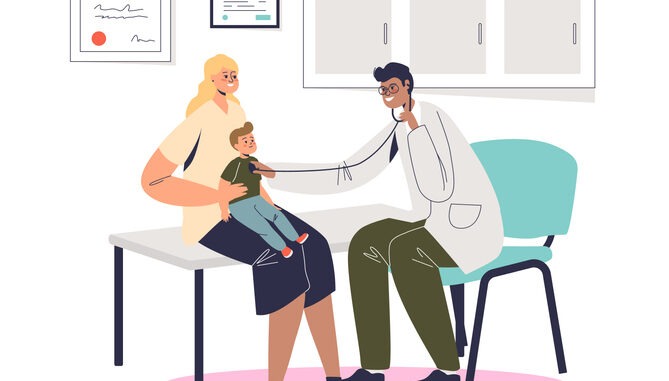
Everything you need to know about how the CQC assessment framework has changed and how it affects your practice
CREDIT: This is an edited version of an article that originally appeared on Care Quality Commission
The assessment framework is built on five key questions and a well-known ratings system and is what we use to set out the view of quality and make judgements.
Why change?
There are three main reasons for change:
- To make things simpler so we can focus on what really matters to people.
- To better reflect how care is actually delivered by different types of service as well as across a local area.
- For one framework that connects registration activity to assessments of quality.
What’s different
The CQC already confirmed that quality ratings and five key questions will stay central to the approach but they’re replacing the existing key lines of enquiry (KLOEs) and prompts with new ‘quality statements’. These will reduce the duplication in the four current separate assessment frameworks to allowthem to focus on specific topic areas under each key question and will link to the relevant regulations to make it easier for providers.
They call the quality statements ‘we statements’ as they’re written from a provider’s perspective to help them understand what is expected of them. They draw on previous work developed with Think Local Act Personal (TLAP), National Voices and the Coalition for Collaborative Care on Making it Real. They wanted to maintain that ethos when developing the assessment framework.
Importantly, they’ll base the assessments of quality in all types of services, and at all levels, on this single assessment framework. For local authorities and integrated care systems, they will use a subset of the quality statements. To make the judgements more structured and consistent, they have also developed six categories for the evidencecollected:
- people’s experiences;
- feedback from staff and leaders;
- observations of care;
- feedback from partners;
- processes;
- outcomes of care.
The aim is to be clearer with providers and the public about how their information on care is used so, for each quality statement, they’ll state which evidence we will always need to collect and look at; this will vary depending on the type of service.
For example, the evidence that is collected for GP practices will be different from what is available when assessing a home care service. It will also depend on the level at which they are being assessing – for example, the evidence that is collected when a new service is registering for the first time will be different from a that of a service that has been operating for a while.
To fulfil the ambitions in the strategy the assessment framework emphasises the need to create cultures that learn and improve, and they set expectations for how services and providers need to work together, and within systems, to plan and deliver safe, person-centred, care.
Building on strong engagement
The CQC developed the new assessment framework following almost nine months of engagement and thousands of interactions with providers, people who use services and other stakeholders.
Feedback stated that stakeholders support the simplicity of the new framework. Having just 34 topic areas across the five key questions means that providers will be much clearer about what is required in the assessments.
Although people valued the simplicity of the approach, many felt the language was too complex. In response, the CQC carried out some user research and have reviewed the wording of the quality statements to make them easier to read. As a result of the engagement with providers, they have also created some guidance that shows examples of the evidence we collect for each category.
You can see the new framework here: Single assessment framework – Care Quality Commission (cqc.org.uk)


Be the first to comment